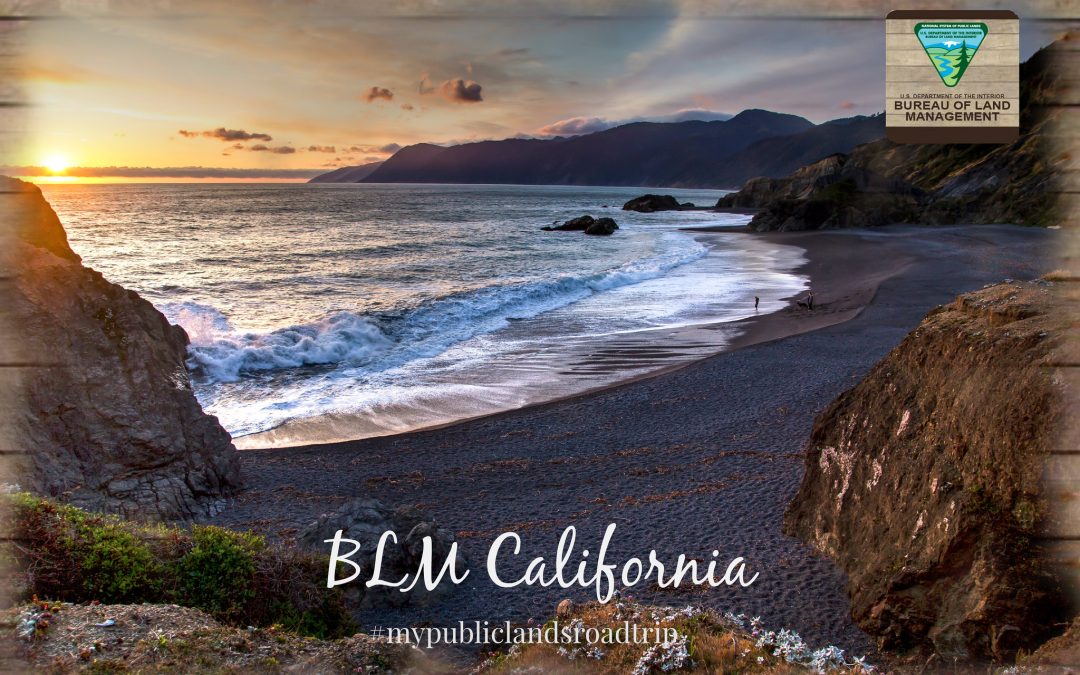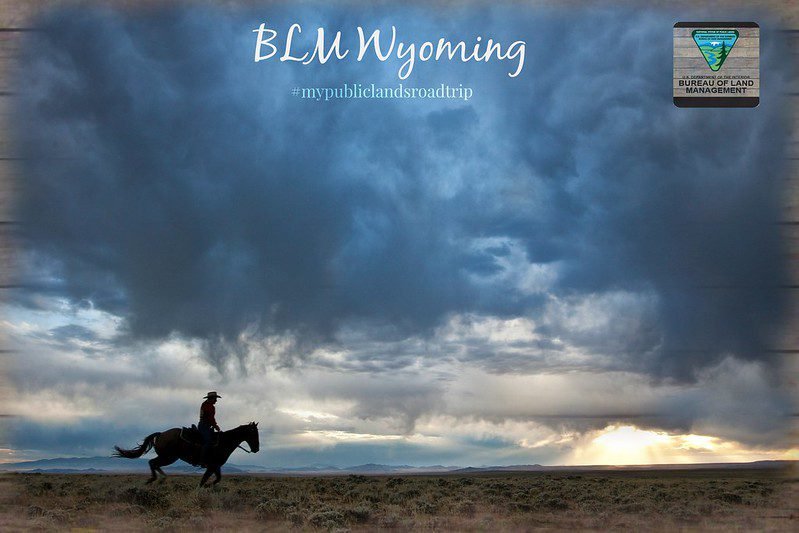Boondocking is a popular term used to describe the practice of camping in the wilderness without any access to electricity, water, or other amenities. It is a form of primitive camping that allows outdoor enthusiasts to experience nature in its rawest form. With the rising popularity of boondocking, it is important to find public lands that allow this form of camping. In this guide, we will discuss how to find public lands for boondocking, understand the rules and regulations, and prepare for an enjoyable experience.
Understanding Public Lands
Definition of public lands
Public lands are areas owned and managed by the government for public use and enjoyment. These lands can include national parks, national forests, wilderness areas, and lands managed by the Bureau of Land Management (BLM).
Government agencies managing public lands
- Bureau of Land Management (BLM): The BLM oversees more than 245 million acres of public land, primarily in the western United States.
- National Forest Service: The National Forest Service manages 193 million acres of national forests and grasslands.
- National Park Service: The National Park Service is responsible for over 84 million acres of national parks, monuments, and historical sites.
Types of public lands
- National parks: These protected areas are known for their unique natural features, such as the Grand Canyon or Yellowstone National Park.
- National forests: National forests are managed for multiple uses, including recreation, timber production, and wildlife habitat. They often offer more opportunities for boondocking than national parks.
- Wilderness areas: These areas are designated for the preservation of their natural character and provide opportunities for primitive, non-motorized recreation.
- BLM lands: BLM lands are often less developed than national parks or forests and can offer more remote boondocking opportunities.
Rules and regulations for boondocking on public lands
It’s essential to familiarize yourself with the specific rules and regulations governing boondocking on public lands. This can include permit requirements, length of stay limits, and restrictions on where you can camp.
“My Public Lands Roadtrip: BLM Wyoming” by mypubliclands is licensed under CC BY 2.0.
Finding Public Lands for Boondocking
Online resources
- BLM website: The BLM’s website provides information on available recreational opportunities and land use restrictions.
- Campendium: Campendium is a popular resource for finding boondocking sites on public lands, with user reviews and photos.
- FreeRoam: FreeRoam offers a map-based search tool for finding boondocking locations, with filters for amenities and activities.
Mobile apps
- ParkAdvisor: This app provides information on national parks, forests, and other public lands, including boondocking opportunities.
- iOverlander: iOverlander is a community-driven app that helps users find boondocking sites and other camping resources.
Physical maps and guidebooks
In addition to online resources, consider investing in physical maps and guidebooks that cover public lands and recreation opportunities. These can be invaluable when you’re out of cell service or need a more detailed look at the terrain and access points.
Considerations for filtering search results
When searching for boondocking locations, consider the following factors to find the perfect spot:
- Location: Choose a site based on proximity to your desired activities, scenic views, or other criteria important to you.
- Amenities: Consider what amenities, if any, are essential for your stay, such as water sources, restrooms, or dump stations.
- Activities: Look for public lands that offer the recreational activities you enjoy, such as hiking, fishing, or off-roading.
Verifying Rules and Regulations
Camping permits
Some public lands require permits for boondocking or have specific rules for where you can camp. Always check with the managing agency before setting up camp to ensure you’re in compliance.
Distance from water sources
Many public lands have restrictions on camping near water sources to protect the environment and wildlife. Be aware of these rules and camp at the required distance from lakes, streams, and other water sources.
Wildlife and habitat protection
When boondocking on public lands, it’s essential to be mindful of wildlife and their habitats. Follow posted signs and guidelines to ensure you’re not disturbing sensitive areas or endangering wildlife.
Preparing for Boondocking on Public Lands
Packing essentials
- Food: Pack enough non-perishable food for the duration of your stay, plus extra in case of emergencies.
- Water: Bring a sufficient water supply, as potable water may not be available at your boondocking location.
- First-aid kit: A well-stocked first-aid kit is essential for addressing minor injuries and emergencies.
- Camping gear: Ensure you have all necessary camping gear, including shelter, cooking equipment, and tools for fire safety.
Safety and privacy
- Animal deterrents: Carry appropriate animal deterrents, such as bear spray or an air horn, to protect yourself from wildlife encounters.
- Informing someone of your plans: Let someone know your planned boondocking location and expected return date for safety purposes.
Waste disposal
- Trash: Pack out all trash and dispose of it properly after leaving your campsite.
- Human waste: If no restroom facilities are available, use a portable toilet or follow Leave No Trace guidelines for human waste disposal.
Leave No Trace principles
Adhere to Leave No Trace principles when boondocking to minimize your impact on the environment and preserve public lands for future generations.
Conclusion: Summary and FAQs
In summary, boondocking on public lands offers a unique and rewarding camping experience. By understanding the different types of public lands, researching potential locations, and following all rules and regulations, you can enjoy a memorable adventure while preserving these natural spaces for others.
Frequently asked questions
- Is boondocking legal on all public lands?
No, boondocking is not allowed on all public lands. Always check with the managing agency for specific rules and regulations. - Do I need a permit to boondock on public lands?
Permit requirements vary by location. Always check with the managing agency before setting up camp. - How can I find public lands for boondocking near me?
Use online resources, mobile apps, and physical maps to locate public lands suitable for boondocking. - What is the difference between boondocking and dispersed camping?
Boondocking and dispersed camping are often used interchangeably, but boondocking typically refers to camping in an RV or vehicle without hookups, while dispersed camping is a broader term that includes any type of camping outside of developed campgrounds. - How do I practice Leave No Trace principles while boondocking?
Some key Leave No Trace principles for boondocking include camping on durable surfaces, disposing of waste properly, minimizing campfire impact, respecting wildlife, and being considerate of other visitors.
Featured Image Credit: “My Public Lands Roadtrip: BLM California” by mypubliclands is licensed under CC BY 2.0.


